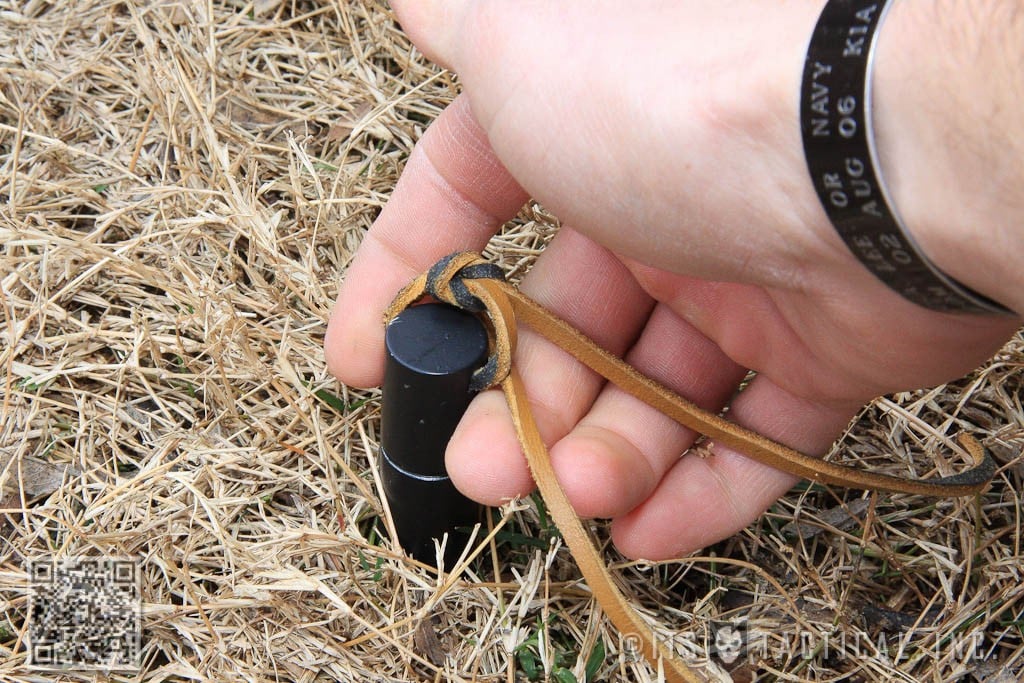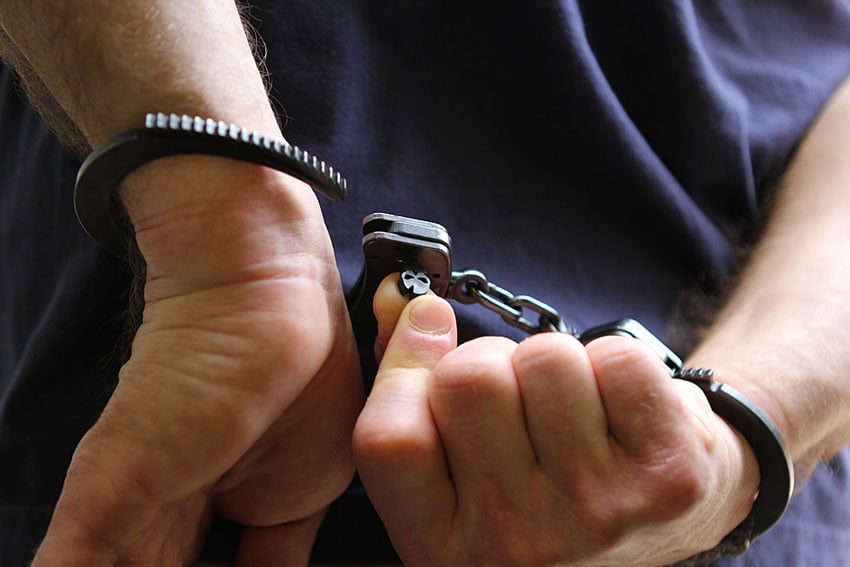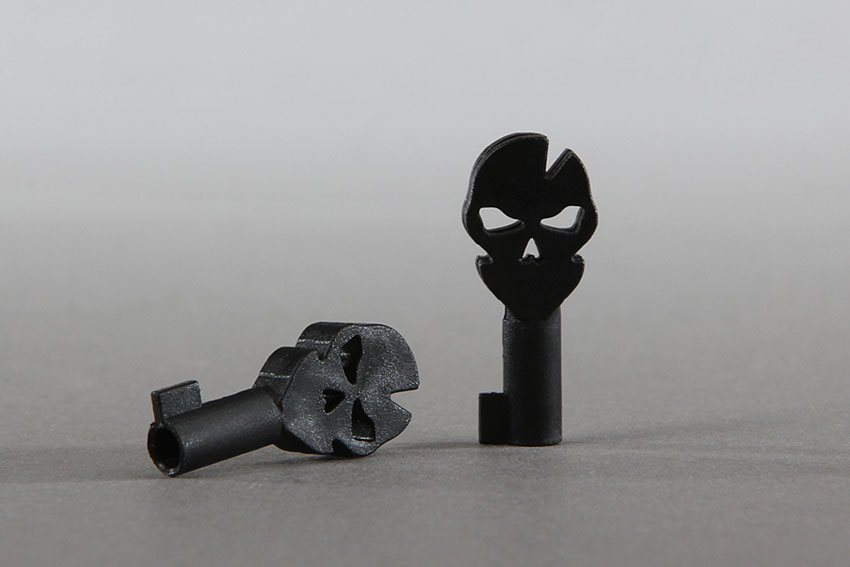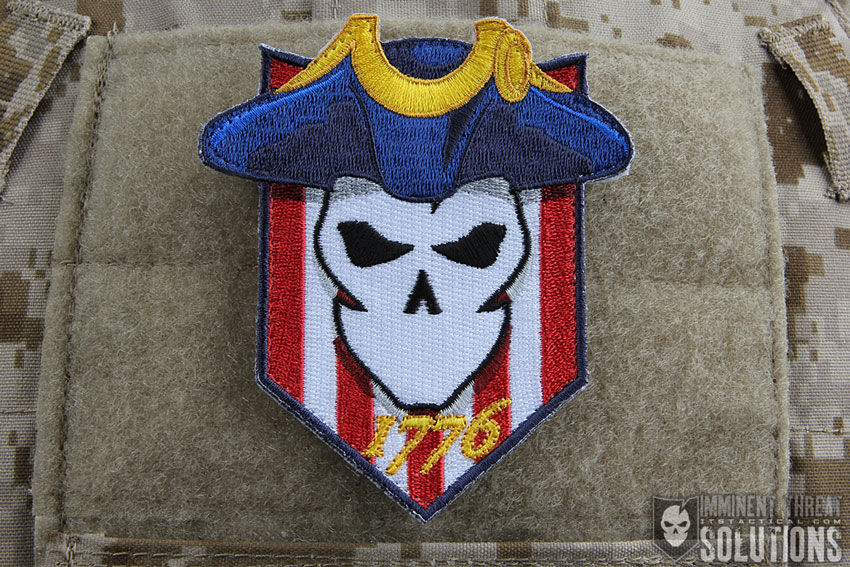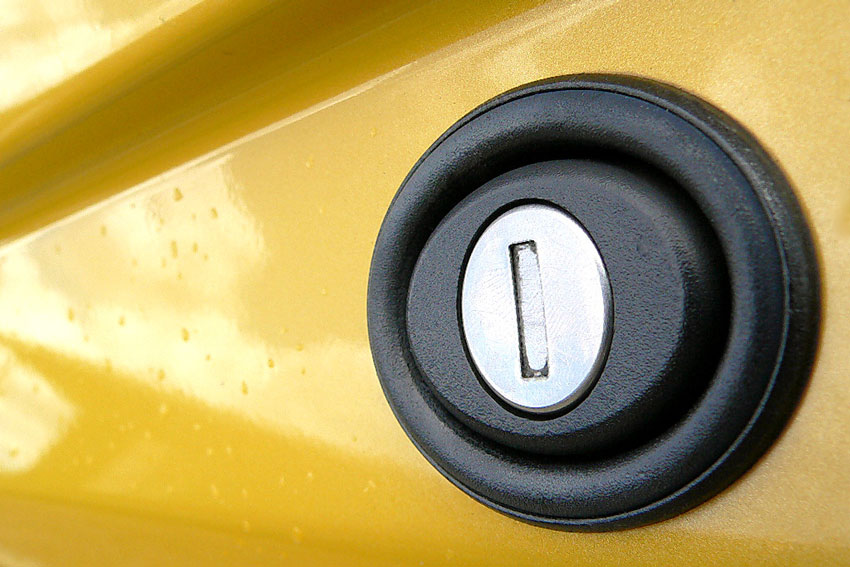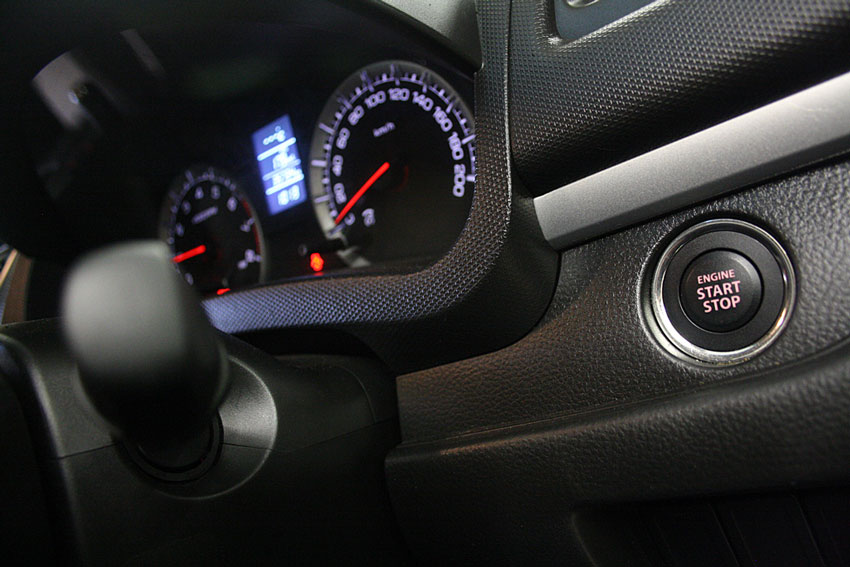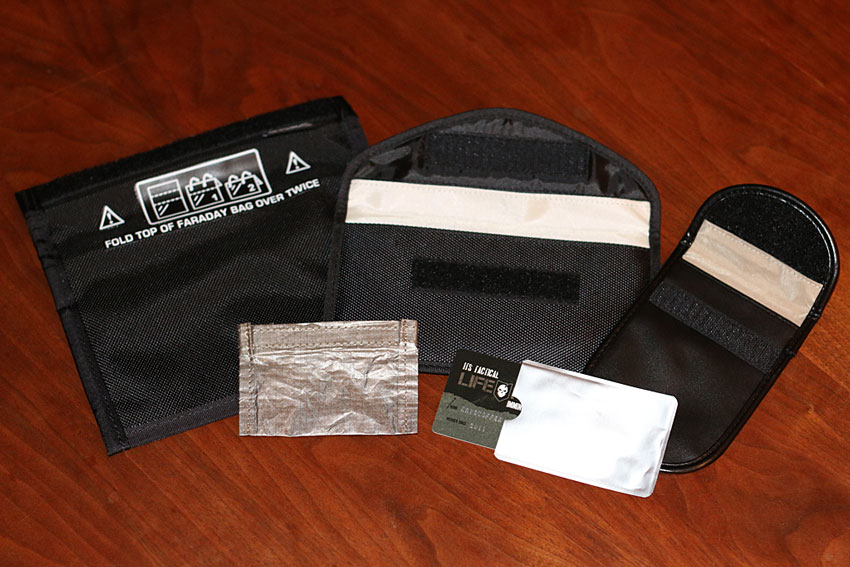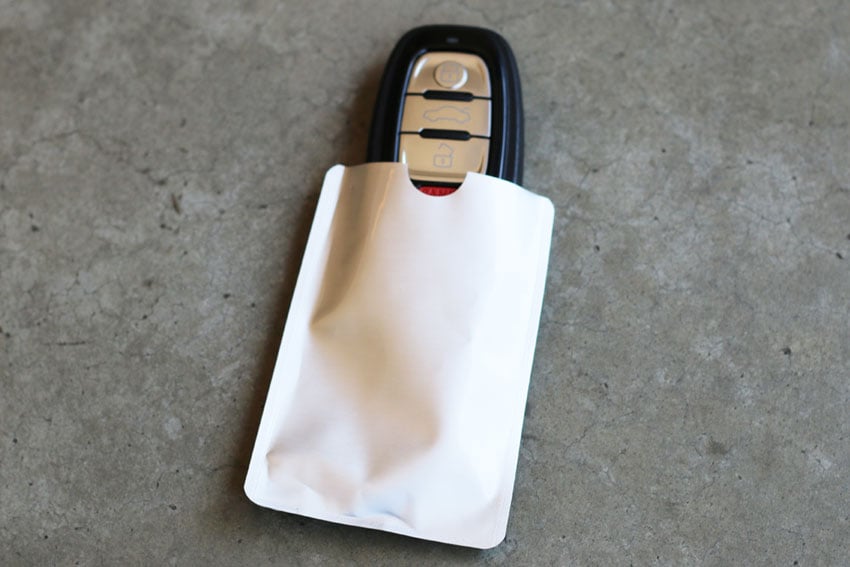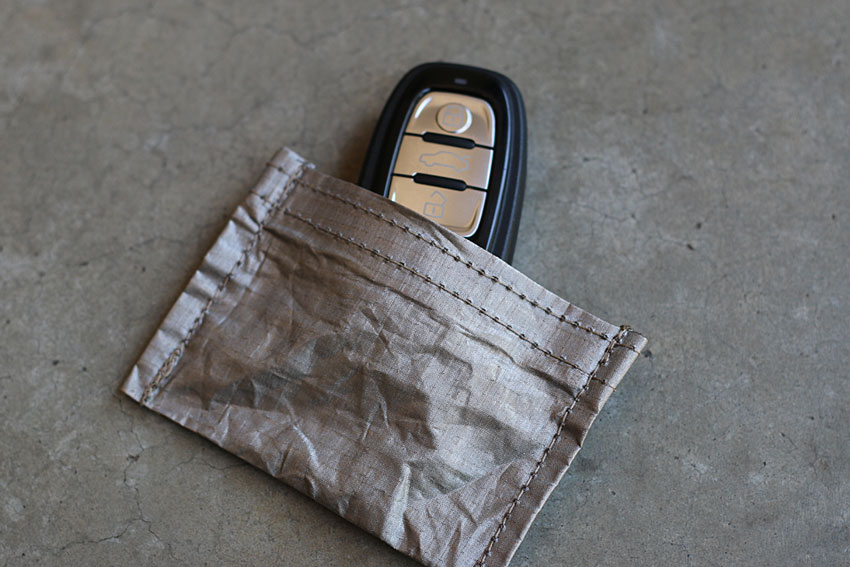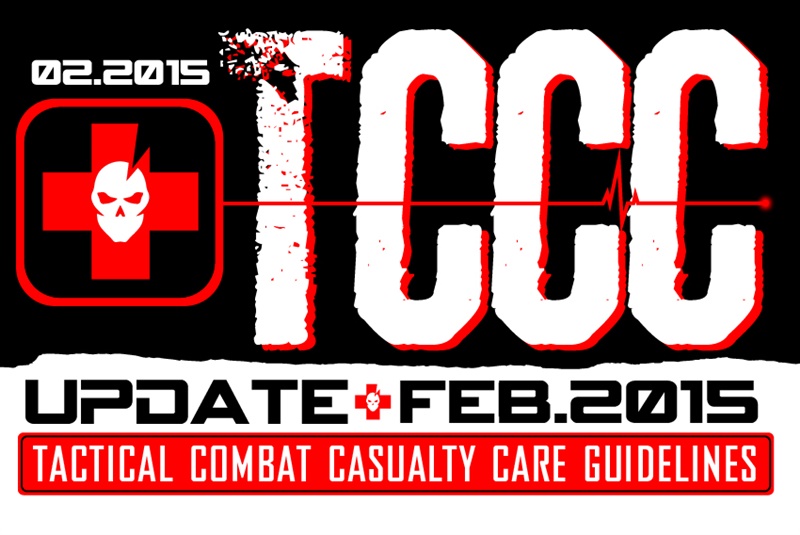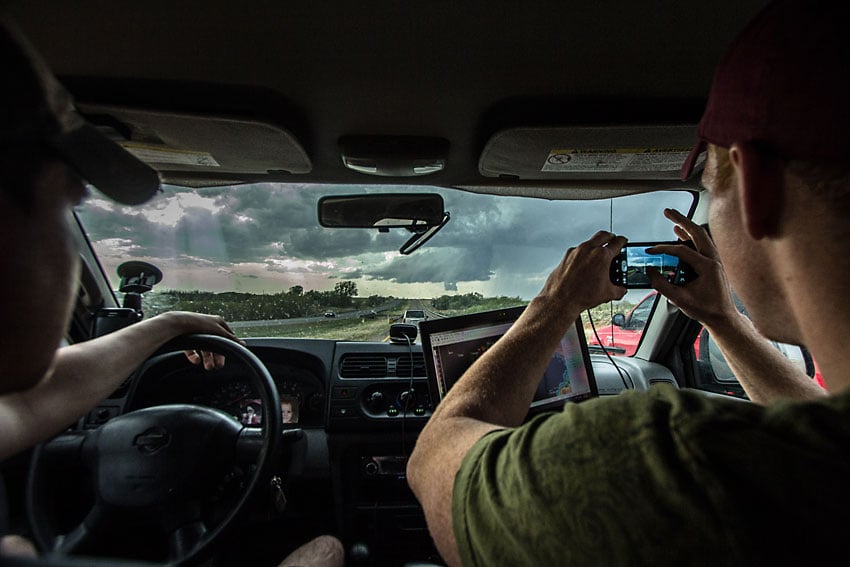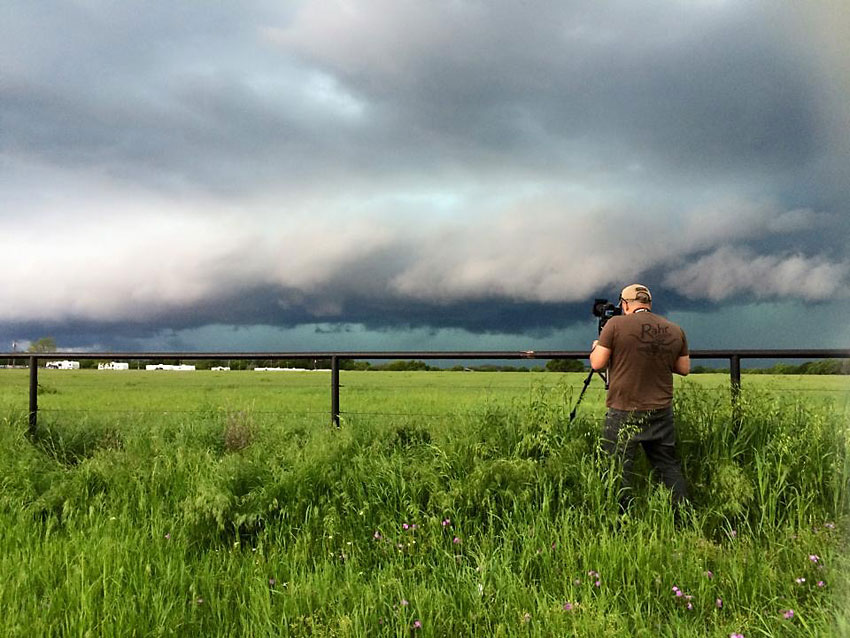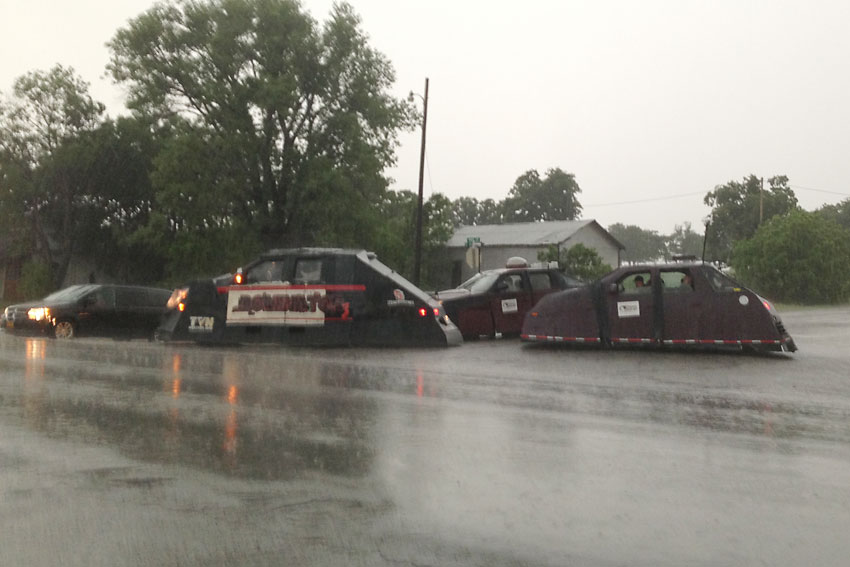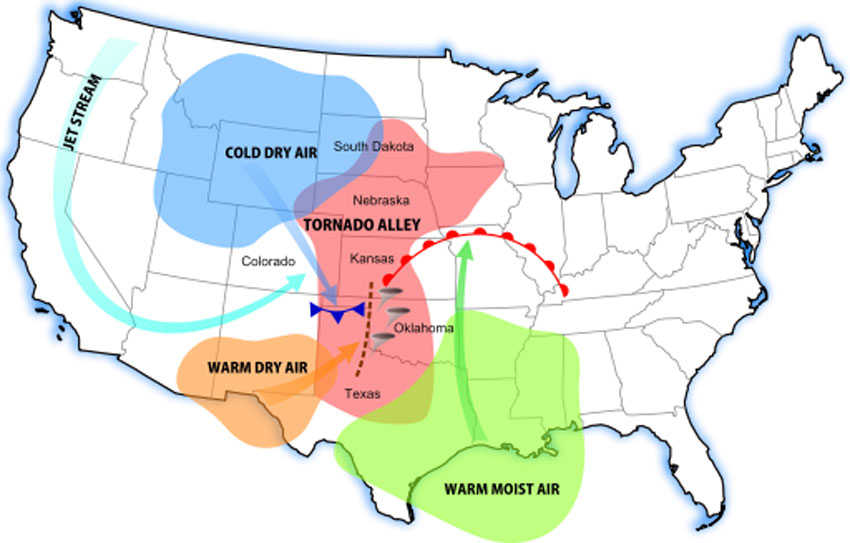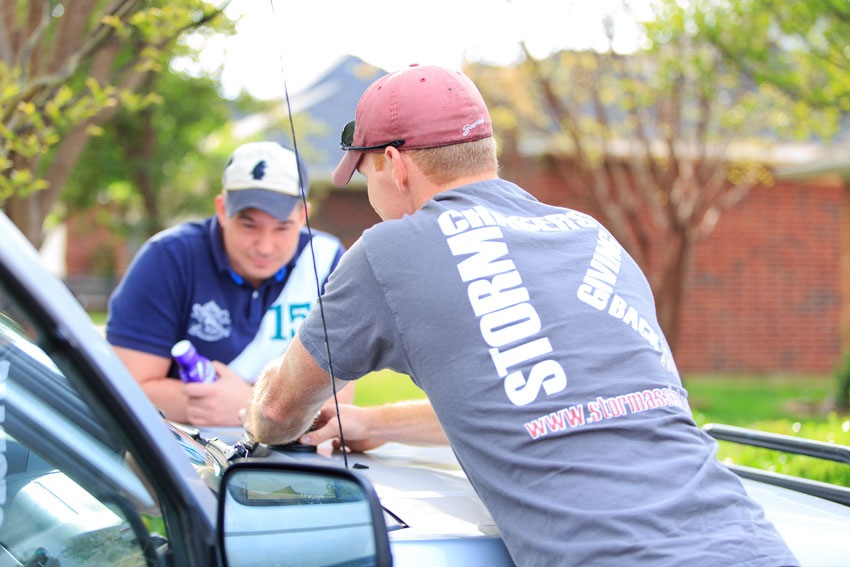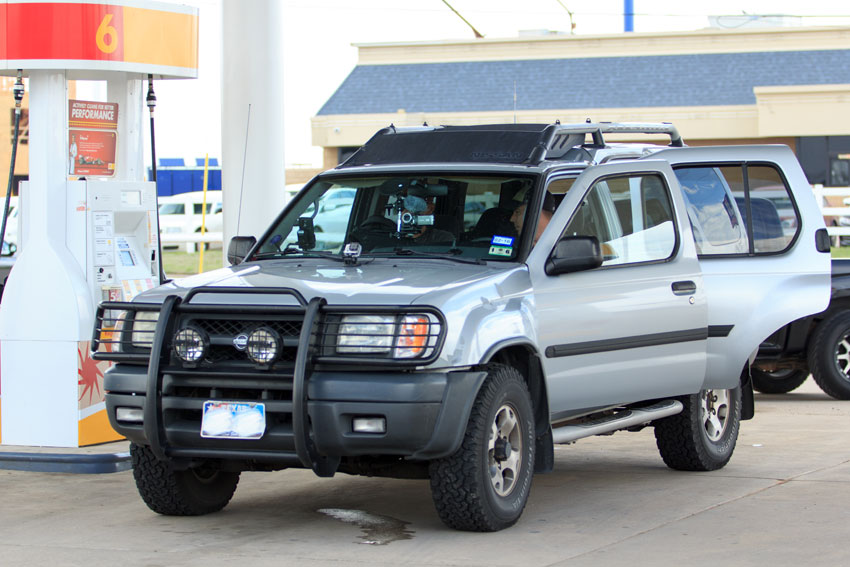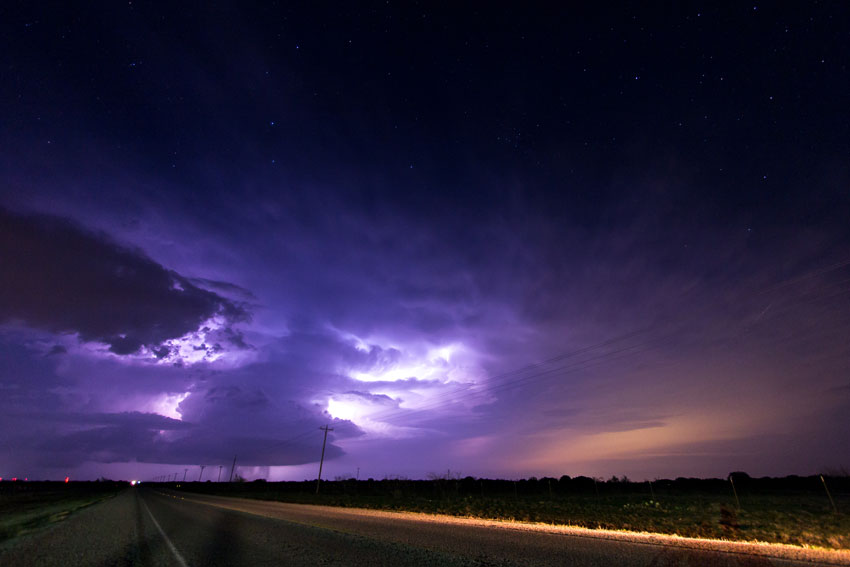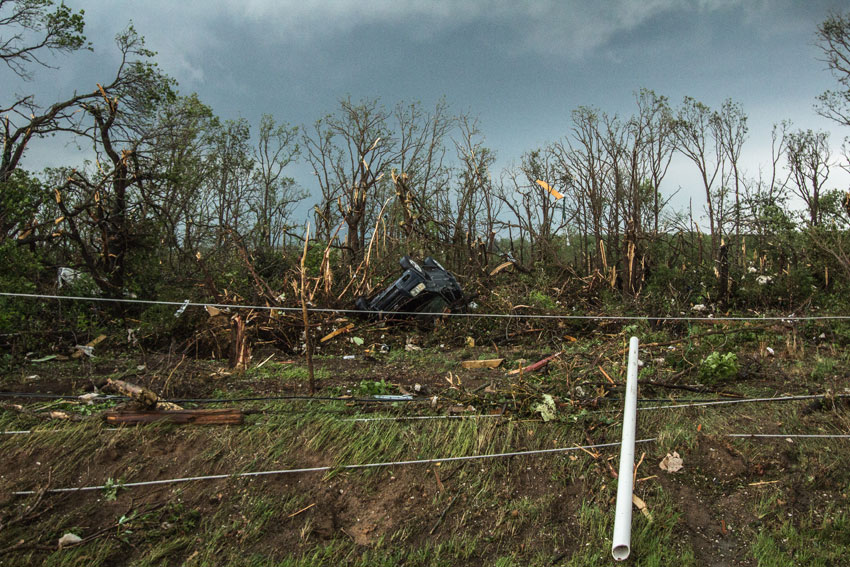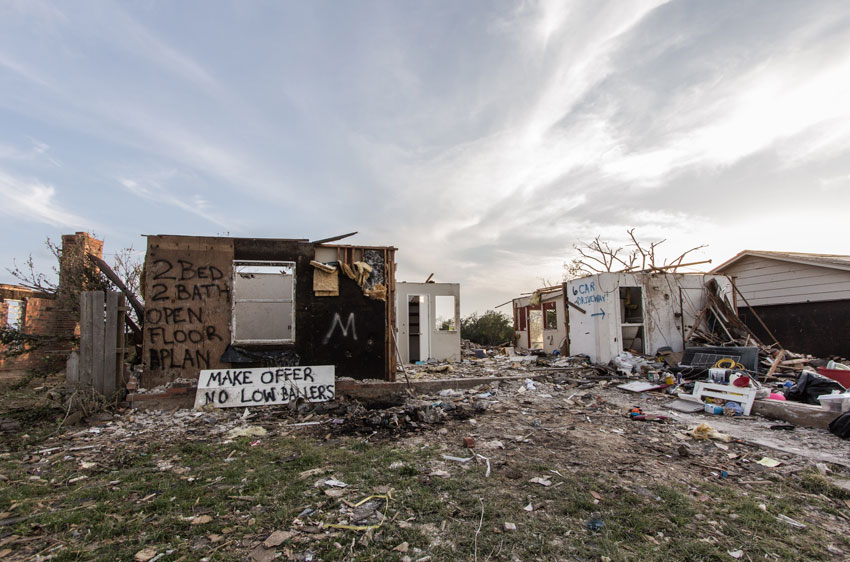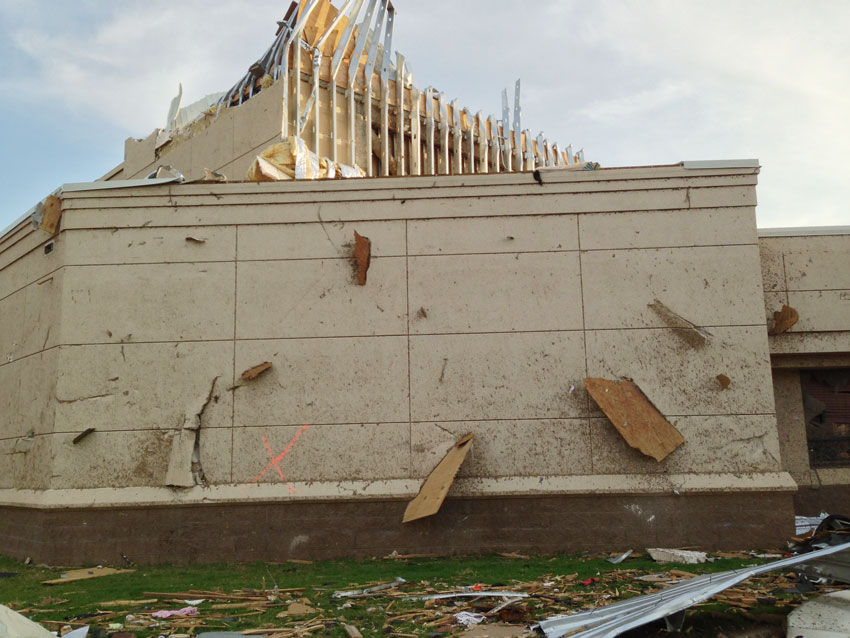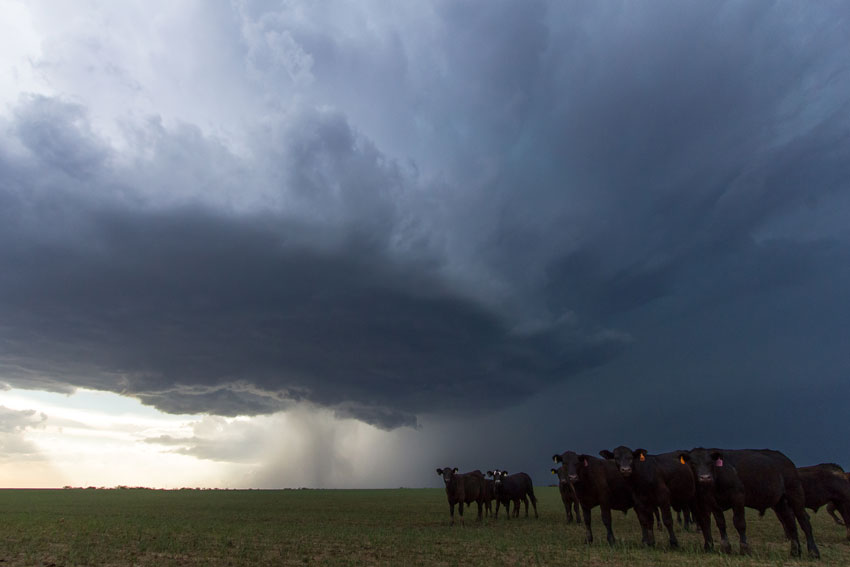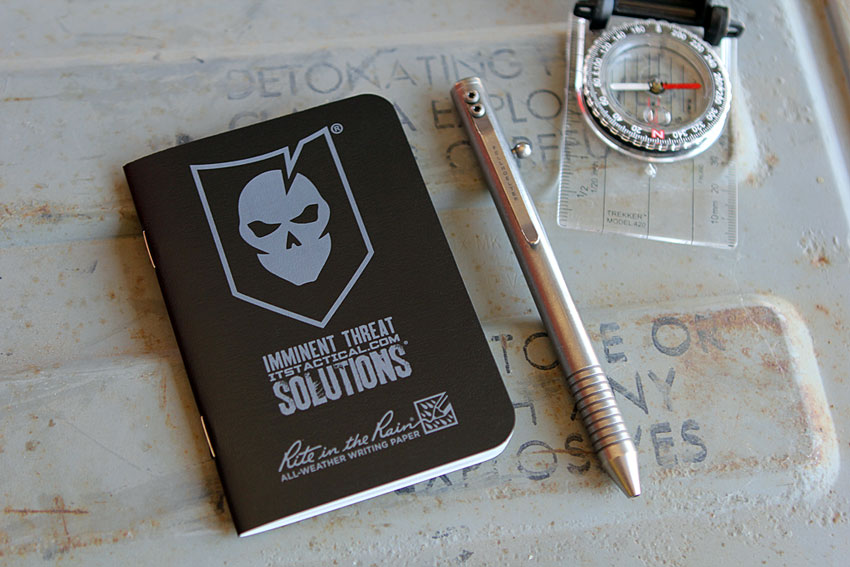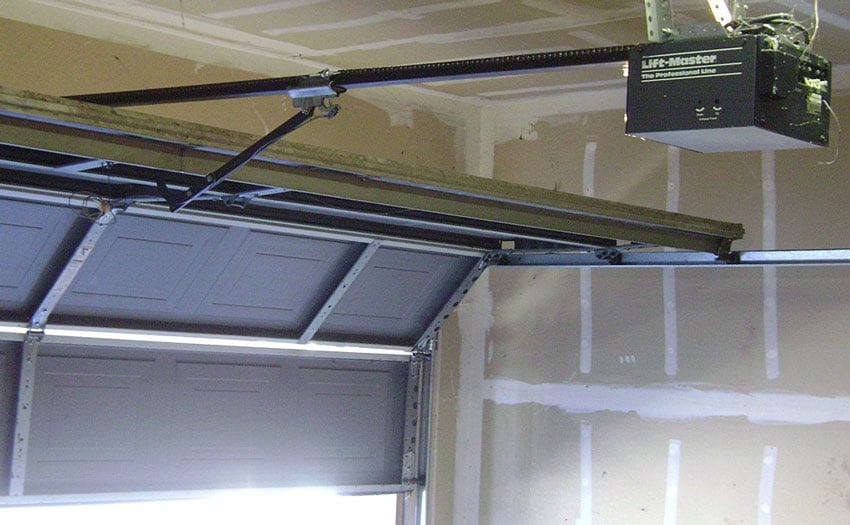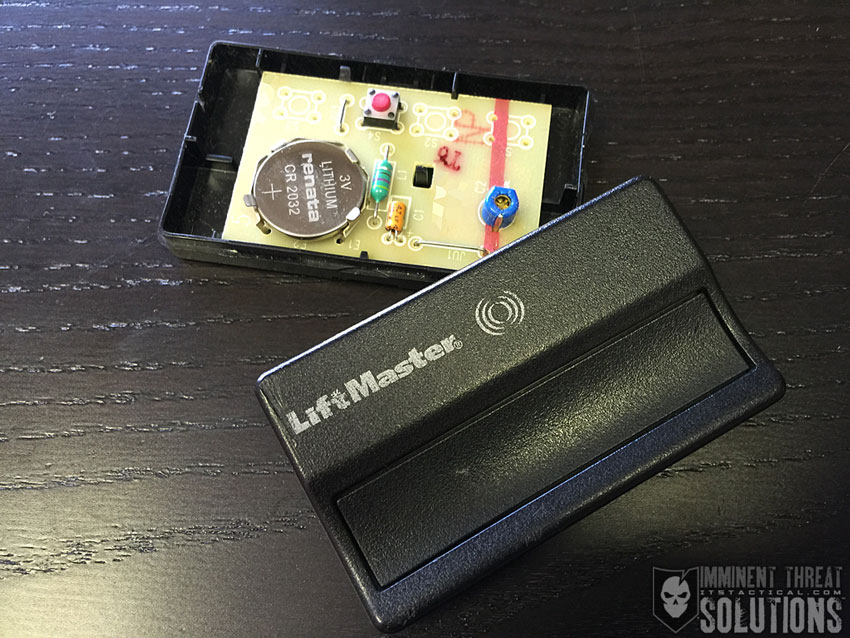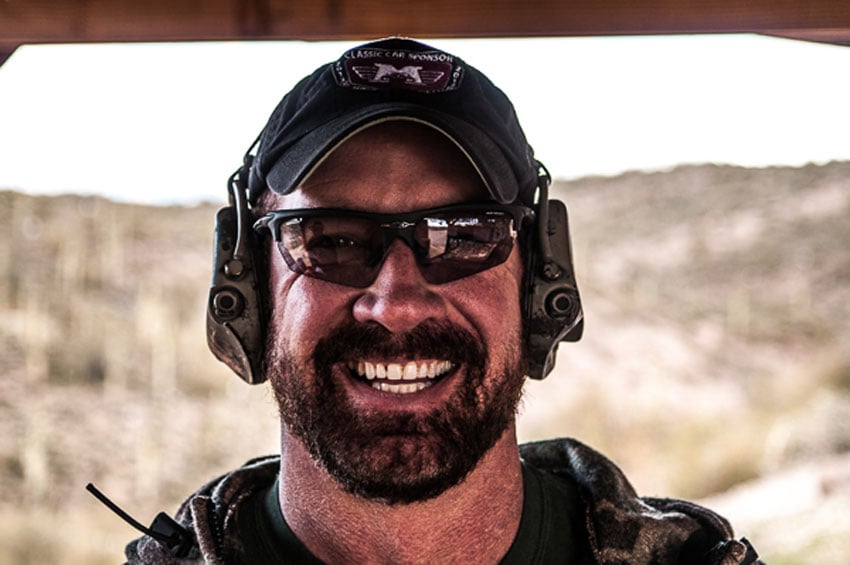
We’ve all seen it before. A man dressed sharply in a suit sprints down a hallway while an ear-piercing siren sounds. Clutching a folder marked TOP SECRET, he rounds a corner only to find a locked door; the thunder of footsteps grows louder as the henchmen close in. Our intrepid hero raises his wrist, checks his shiny Swiss watch and rotates the crown to produce a fiery laser. Before placing the laser beam on the door, he issues a well placed pun, “I guess I’ll need to cut to the chase.” Once the lock melts, he bounds through the door and into a small foreign sports car. Mission Complete.
From James Bond to Jason Bourne, movie spies have always relied on their trusty gadgets. With each new blockbuster release, gadgets get more wild and imaginative. Surely none of these fancy gadgets have a place in real espionage though, right? Are agents running around with explosive pens and phones inside their shoes? Today on ITS we’ll be walking through some real life spy gadgets; some of which seem to have come straight from the silver screen.
Dead Drops
Dead Drops are a tool used to transfer information when it’s not possible for two parties to meet to exchange it. They’re designed for one party to hide the information inside of and the other party to discover it. A “Signpost” is then used, letting the other party know that the Dead Drop has been loaded.
Broken into two categories, Dead Drops are either Overt or Covert. Overt Dead Drops are usually designed to look like everyday objects so they can be concealed in plain sight, while Covert Dead Drops are designed to be hidden from sight.
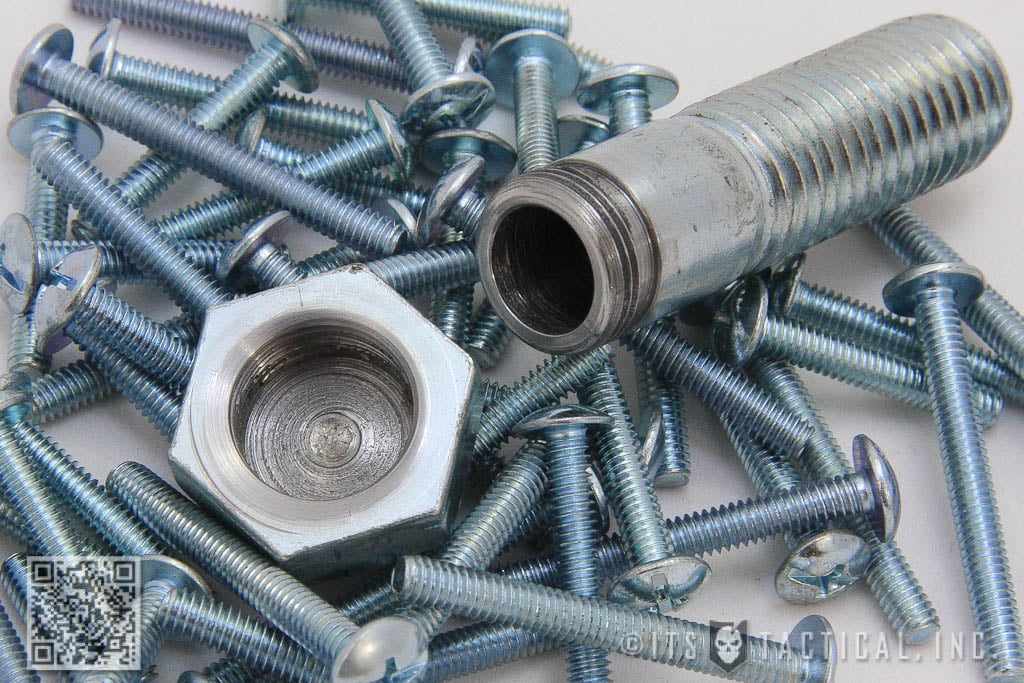
A good example of an Overt Dead Drop is a Hollow Spy Bolt. Using a hollowed out bolt, a message or other information can be placed inside and hidden in plain sight within a tool shop, garage or anywhere a loose bolt would be common. Another great example of an Overt Dead Drop is a Hollow Spy Coin (Half Dollar). Although with spy coins, you need to ensure that you don’t accidentally spend it!
Covert Dead Drops are necessary when it may not be practical to hide something inside a common object. One common covert method is using a Dead Drop Spike. These hollow tubes have a sharp pointed end allowing them to be pushed into the ground. Cloth or leather ends may be left out so it can be easily retrieved by someone that knows the location.
Bugs
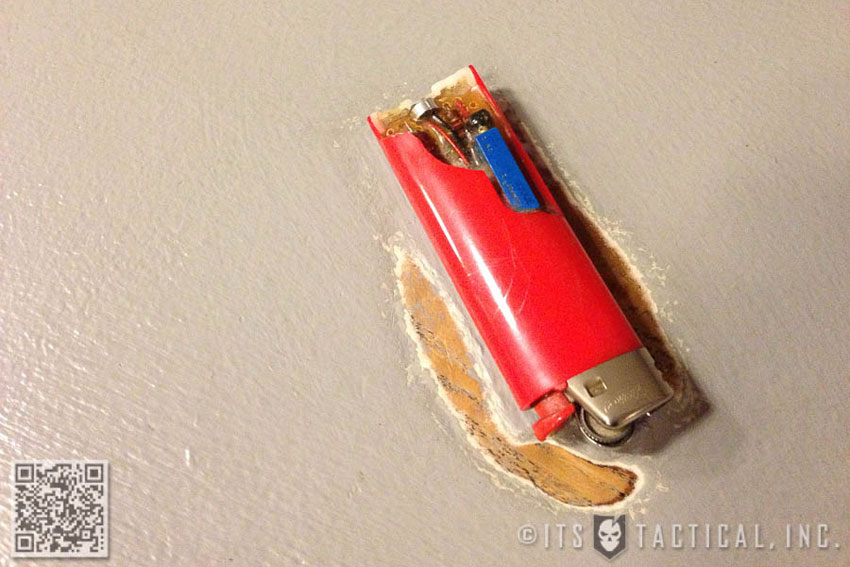
Listening devices have been in use for years and they’ve become even more advanced as technology progresses. Having the ability to eavesdrop on conversations can be a spy’s greatest tool. However, researchers quickly found that bugs could be discovered by using tools that search for broadcasting signals.
Things were a bit different though in the case of “The Thing” listening device. On a trip to the United States in 1945, the Young Pioneer organization of the Soviet Union presented a carved wooden seal of the United States to U.S. Ambassador W. Averell Harriman. Harriman hung this seal in his Moscow office and no signals were detected when it was swept for bugs.
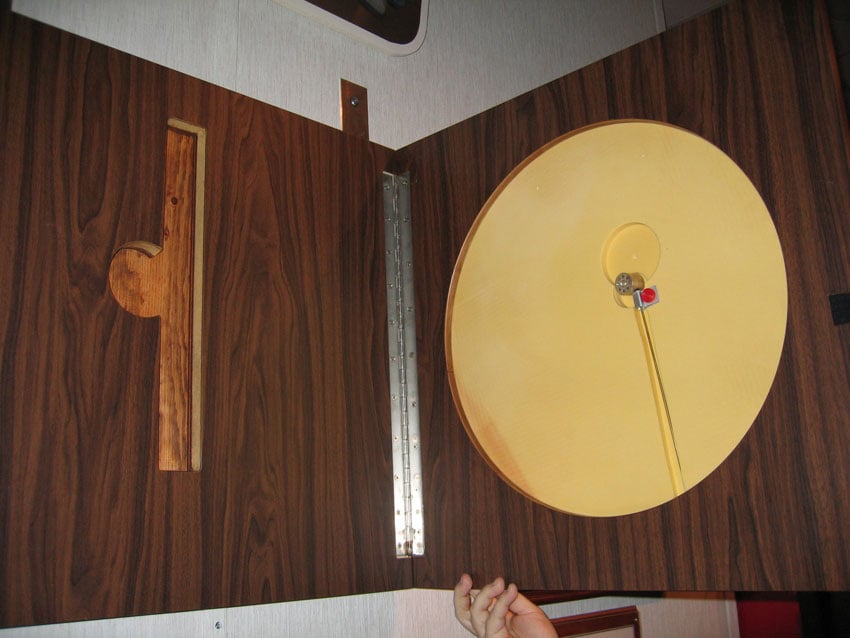
In 1952, a British radio operator accidentally discovered that on a certain radio frequency he could hear a conversation between two Americans. The State Department pinpointed that the conversation was coming from the office of Ambassador George Kennan. After an exhaustive search, a listening device was discovered to be embedded in the carved wooden seal that had been presented to his predecessor.
After locating the bug, it was discovered that it had no power supply or active electronic components. It would only become active when a specific radio frequency was broadcast to it, which caused the transmitter to vibrate and activated the microphone. It was purely an accident that the British radio operator was scanning the waves as the Soviets were actively broadcasting to the device.
Listening technology has developed even further throughout the years and it’s more difficult to detect these days with so many electronic signals being broadcast around us. With form factors getting smaller every day, sometimes the utmost secrecy calls for a tried and true method of secret communication.
Cryptography

Communication often can’t be covert and needs to be sent in a method that can be intercepted by a third party. In Cryptography, these third parties are known as “adversaries.” When it’s known that a message will be intercepted, it’s best to use a code or cipher to hide the information. There are hundreds of codes and ciphers, but the general idea is that a message is coded using a key phrase and then transmitted to be decoded on the other side.
A famous example of this is the Nazi’s use of the Enigma Machine during World War II. At the time, it was regarded as one of the most difficult cryptography devices to decode. Using a series of rotors and a plugboard, a message could be created on the Enigma that would be transmitted as a code. Without the exact combination of rotor and plugboard position, it was impossible to decode the message even with an Enigma Machine. It allowed the Nazi’s to send their communications over the air without fear that they would be discovered.
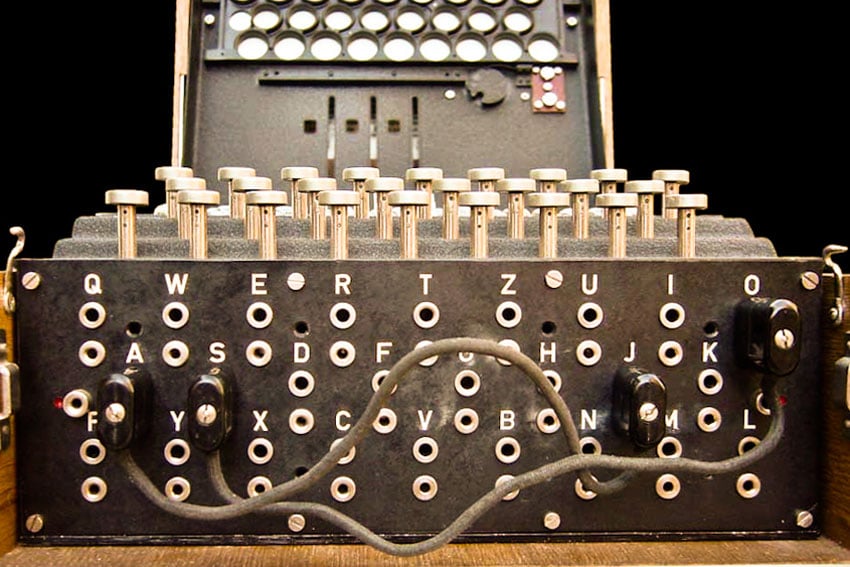
Eventually, the Enigma Machine was cracked due to the Nazi’s leaving their message formats the same for multiple messages. This meant that code breakers knew certain words and phrases would be used in the messages and this gave them pieces of the code. From there, they were able to decrypt the remainder of the message.
Now with computers, ciphers and codes can be even more complex and the encryption and decoding can be performed digitally. While this may seem more secure, keep in mind that computers can also be used to break encryption and simple encryption can be broken by a computer in a matter of minutes. Sometimes it’s best to keep secrets under good old lock and key, or is it?
Lock Picks/Key Impressioning
Lock picking is a skill-set we’ve talked in depth about on ITS and it’s a valuable skill for espionage as well. The ability to open locked doors and cabinets ensures that a spy can obtain the information they need without leaving a trace to the untrained eye. There are many sizes and shapes of picks, but what would be chosen depends on the spy’s situation.
Methods of storing lock picks can vary from hollowed out books to things like Go-Tubes, allowing the picks to be discreetly hidden until they’re needed for use. Smaller pick sets could even be concealed in wallets, socks or the brim of a hat. In addition to picks, spies might also carry an Escape and Evasion Kit containing things like handcuff shims, razor blades and other items to assist them if they’re compromised and restrained.

If lock picking isn’t an option due to time or other complications, spies might also use an impression of the key to make a copy. Many times, a wax press is used to make an impression of an obtained key to later mold a copy from. With today’s digital technology though, an impression can be made from a photocopy or even a picture. Something of scale like a ruler or other measuring device used in the photocopy, can make it fairly easy to create a copy for a pin and tumbler lock.
Weapons
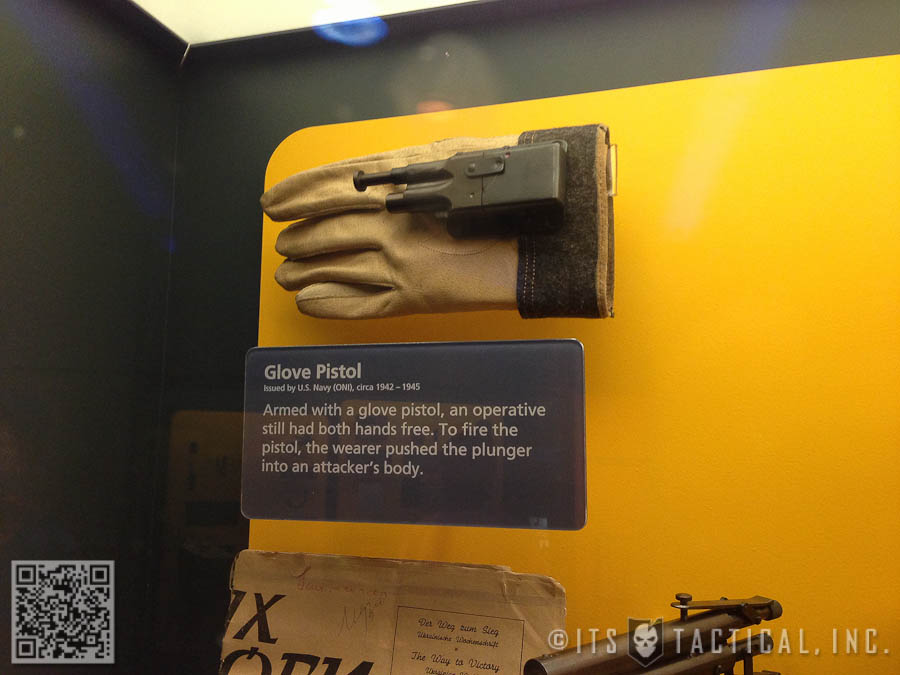
Occasionally, working as a spy means that you’ll need to access a weapon for some “wet” work. While there’s nothing more dapper than a Walther PPK, a full size pistol isn’t always practical or accessible. For times like these, it helps to have discreet weapons that can be accessed in an emergency like the Glove Pistol pictured above. Other options included gun disguised as pens, walking canes and even belt buckles.
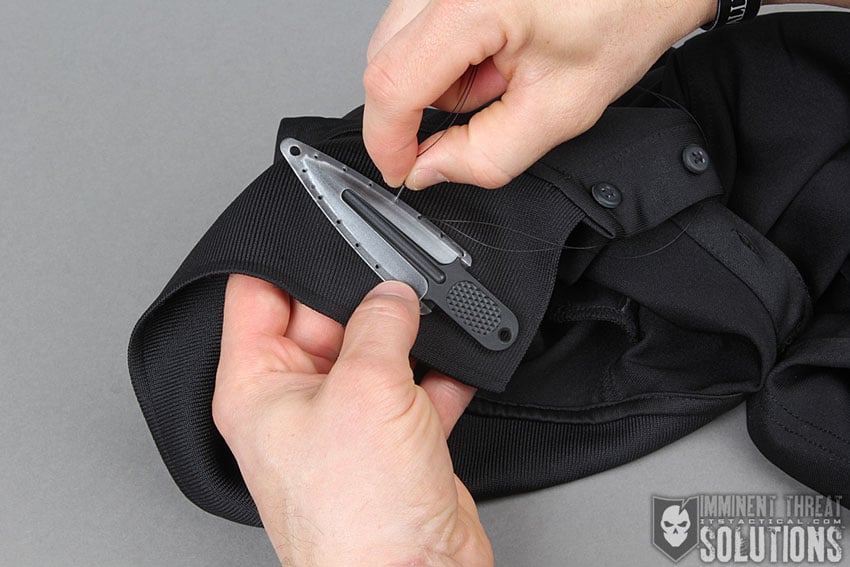
Lapel Daggers or Thumb Daggers are another discreet weapon used by the Office of Strategic Services to break contact during a search or to have an emergency weapon at hand. Due to their small size, these daggers could be sewn into the lapels of shirts and were sometimes made from materials other than steel to avoid detection in metal detectors.
These are just a few of the tools used by spies around the world. While they may not be as fancy as a shoe phone or a grappling hook belt, they allow information to be obtained, concealed, transferred and revealed. While much of espionage involves having the right mindset and training, it never hurts to have the right tool for the job.
What’s your favorite spy gadget?
ITS Article Resources
- Hide your Spare Key Like a Spy with this DIY Dead Drop Key Hider
- Spy Coins and Covert & Overt Dead Drops
- DIY Dead Drop Devices to Hide and Pass Messages like a Spy
- Sir Robert Baden-Powell and His Adventures as a Spy
- Visiting the International Spy Museum: A Photo Tour
- The Moscow Rules: Cold War Directives for Tradecraft and Espionage
- U.S. Spies: Understanding the World’s Second Oldest Profession
- A Brief History of the Office of Strategic Services: America’s First Intelligence Agency






